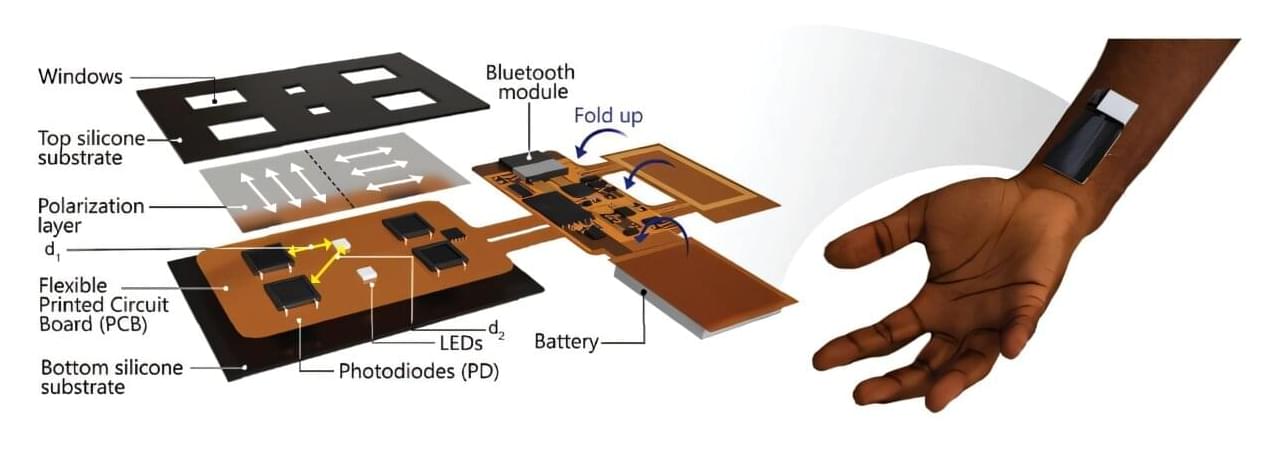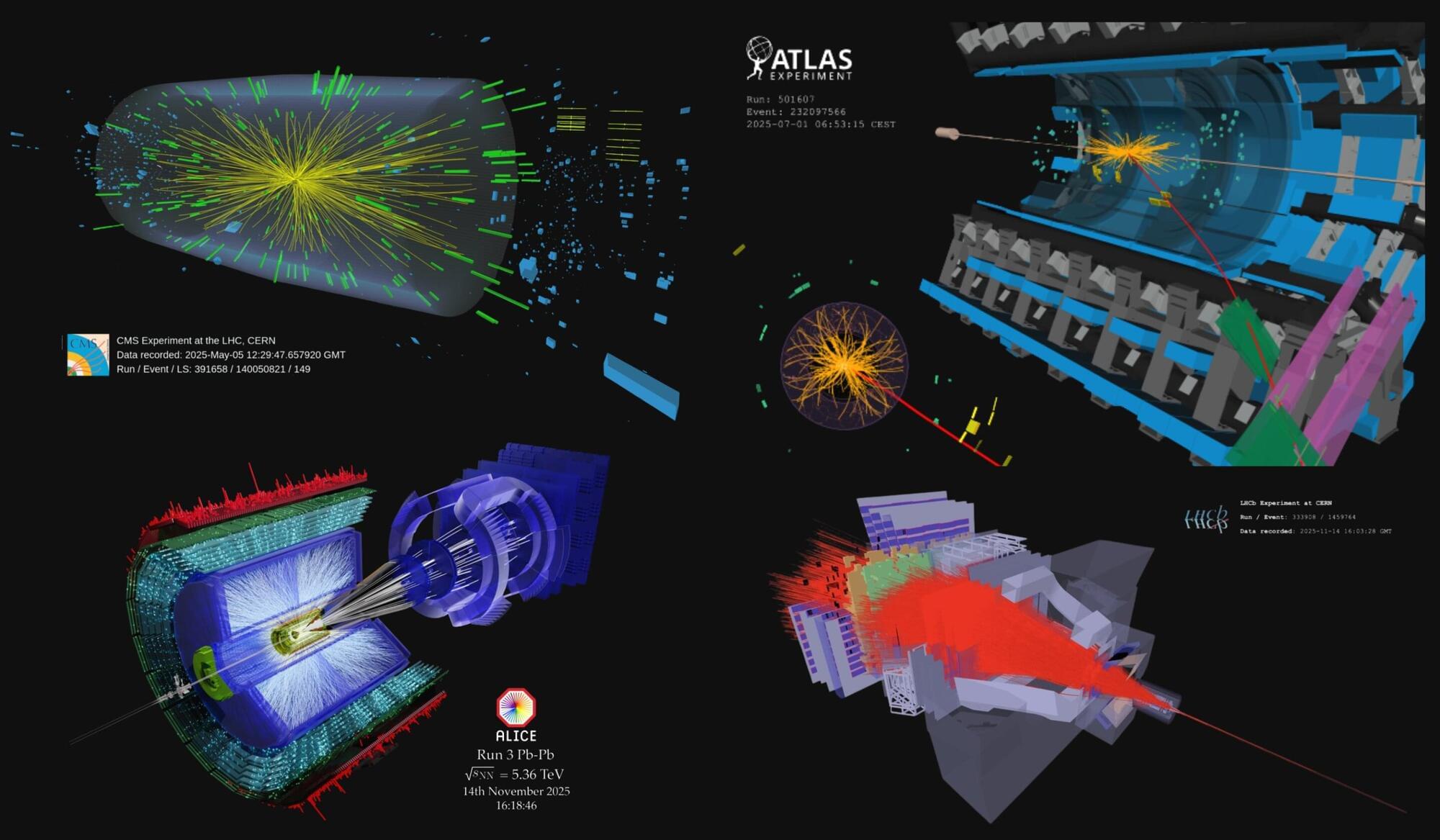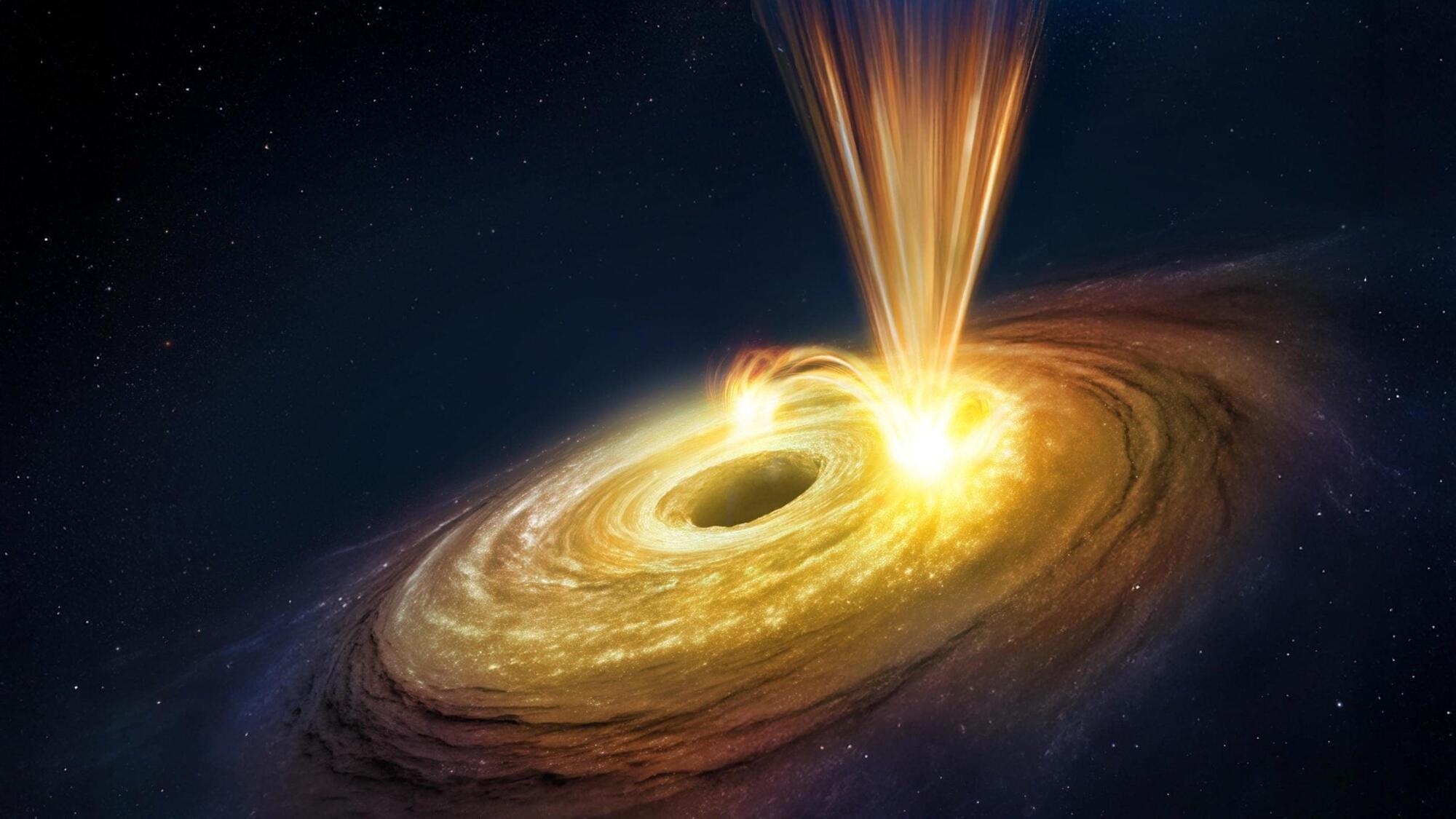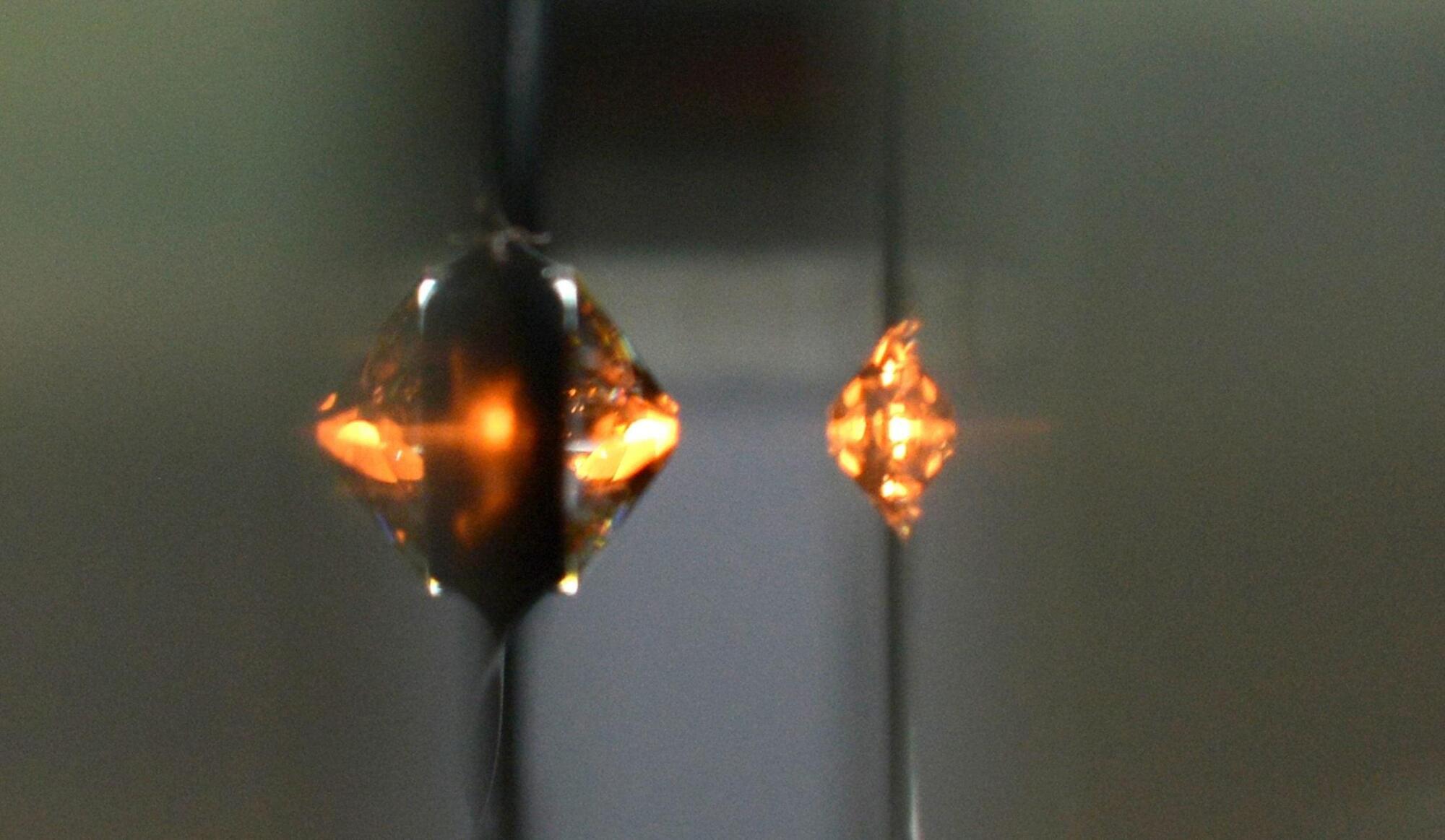Photoplethysmography (PPG) is an optical sensing technique that measures blood volume changes and underpins devices ranging from hospital-grade pulse oximeters to consumer wearables that track heart rate, sleep, and oxygenation.
Despite its widespread use, PPG accuracy can vary significantly across individuals, particularly by skin tone. Darker skin contains more melanin, which absorbs and scatters light, often leading to less reliable readings. This disparity has been linked to inaccuracies in blood-oxygen measurements among people with more melanin.








